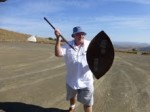Battlefields Tours
This two day tour includes:
the Zulu and Boer War Battlefields: Isandlwana, Rorke’s Drift, Fugitives Drift, Spioenkop and more…
I will fetch clients accommodated in the Durban and Coastal regions and return you to your accommodation at the end of the tour. We stay overnight in excellent accommodation.
A one day tour is available for tourists based in the Battlefields area.
Tours of up to five days are available, taking in more battle sights. Please indicate your preference when contacting us.
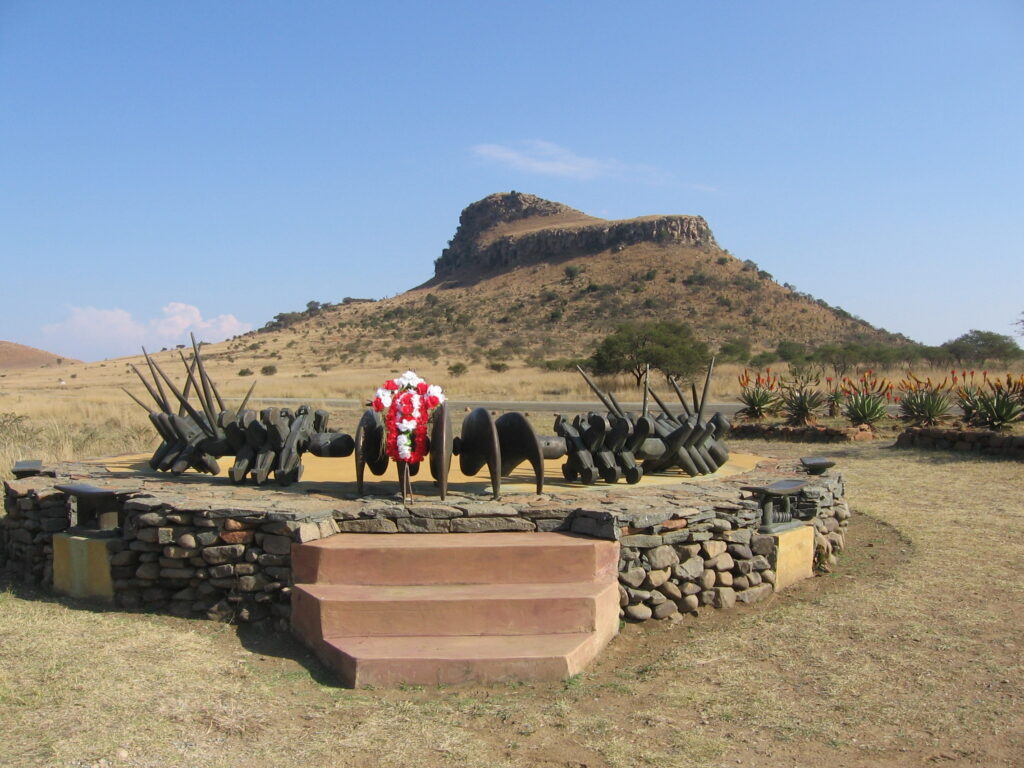
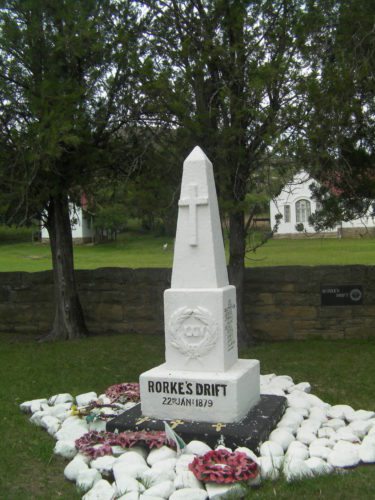
History of the KZN Battles
While heading out on the Battlefields Tour of KwaZulu-Natal I will give you a “potted history” of the country and the events leading up to these battles including:
- The arrival of the Black tribes in Southern Africa
- The rise of the Zulu nation and the building of their army
- The arrival of the European/Dutch settlers in the Cape
- The arrival of the British and the establishment of the British Colony in SA
- The migration of the white population to the North (Great Trek)
- The Battle of Blood River
- The British Ultimatum and subsequent invasion of Zululand
- The origins of the Anglo/Boer war
- The control of the country by the Boer descendants and the introduction of the apartheid laws
- The eventual dismantling of white rule and the advent of democracy
The battlefields of KwaZulu-Natal have attracted historians, royalty, military scholars, tourists and family descendants for decades. This has resulted in the Battlefields Tour of KwaZulu-Natal being one of my most popular tours.
I lead regular tours to the area and the following are some of the more popular and important sites we visit.
Anglo/Zulu War
Battle of Isandlwana
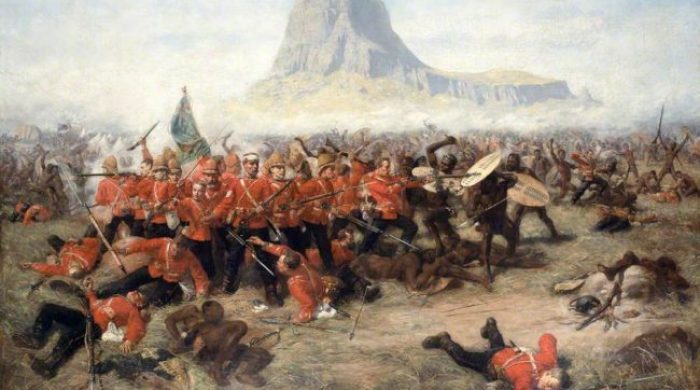
This Anglo/Zulu war was one of the most bloody and destructive of all the colonial wars. Here, the British suffered one of the most devastating defeats during the entire colonial era. The defeat temporarily brought the expansion of the empire to a shuddering halt. In the minds of the politicians and generals, this battle was a sure way of incorporating Zululand into the empire. The British believed that their superior firepower and battle skills would ensure their victory.
However, it was not to be. The Zulu Warriors had been trained with battle tactics passed down from the notorious King Shaka. Armed only with spears and shields, the barefooted Zulus overpowered the British forces. The bloody battle lasted a full day.
The panoramic vista from a nearby hill gives a clear view of how the battle was fought and won by the Zulus. We then travel onto the Battlefield and stand where the soldiers fought and died. The battle is brought back to life as we discuss the bravery and suffering of the men and the weapons and tactic’s of the time, accompanied by Zulu and British military music.
Memorials to the thousands of British and Zulu’s who died here have been erected on the Battle site. Piles of white stones mark the places where the British troops perished and are buried, whilst the Zulu dead were taken off the battlefield and buried in the area.
Battle of Rorke’s Drift
A short drive takes us via the Batshe Valley, where we pause to view the area where Lord Chelmsford launched an attack on a Zulu chief’s stronghold.
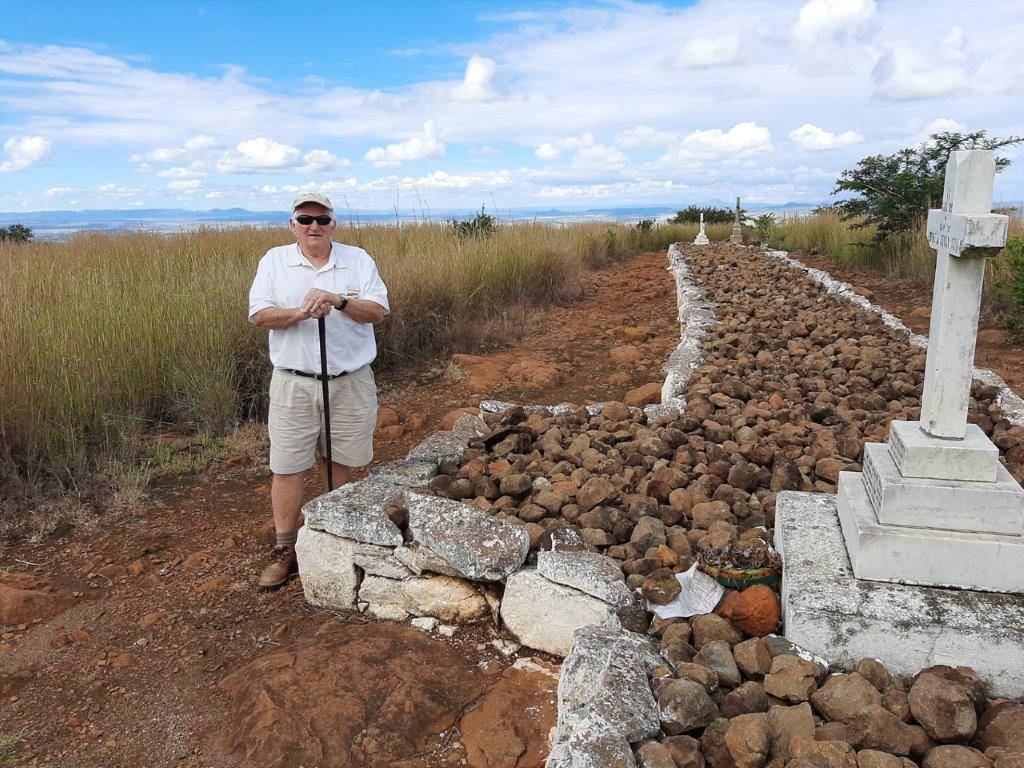
We continue across the Buffalo River, which was the traditional boundary between the colony of Natal and the Kingdom of Zululand, to the Garrison of Rorke’s Drift. It was at this river point that the British column crossed over into Zululand to do battle with the Zulus.
The British soldiers who survived the Battle of Isandlwana (in Zulu territory) tried to retreat in desperation to the colony of Natal along a route known as the Fugitives Trail, pursued by the right horn of the Zulu army. Many were caught and massacred on the run, and this Impi then defied their King’s orders and invaded the famous garrison of Rorke’s Drift.
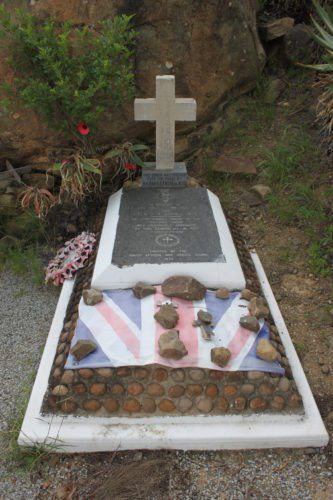
The story of this world famous battle revolves around the brave determination of the small band of British soldiers who, in the best of British military tradition, took the decision to stand and fight, rather than risk out running the Zulu’s. One hundred and thirty-nine soldiers, some sick and wounded defied the odds and held off a ferocious Zulu onslaught which lasted the whole night. This bravery resulted in the awarding of eleven Victoria Crosses.
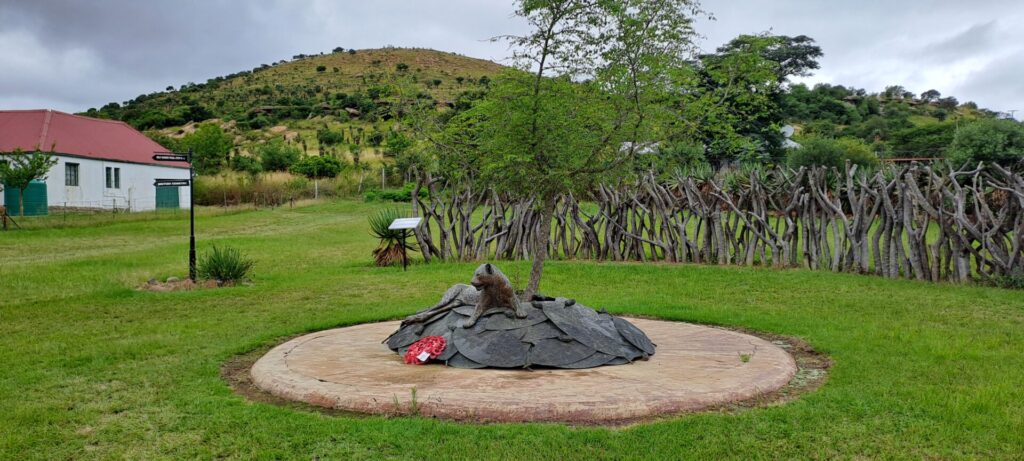
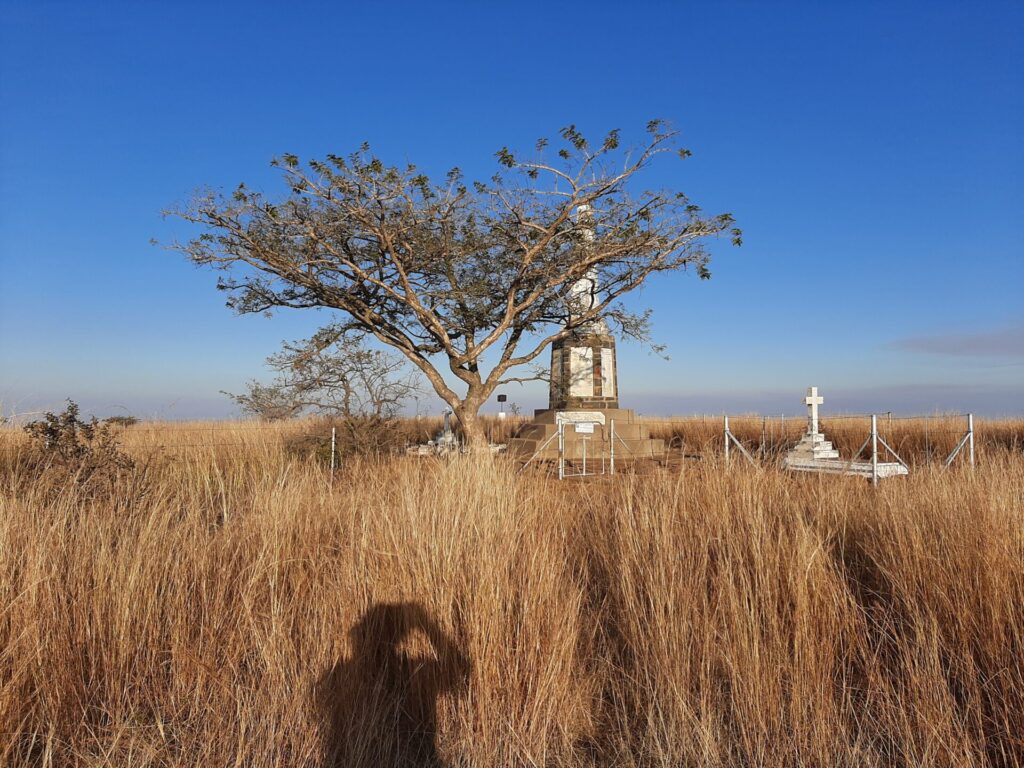
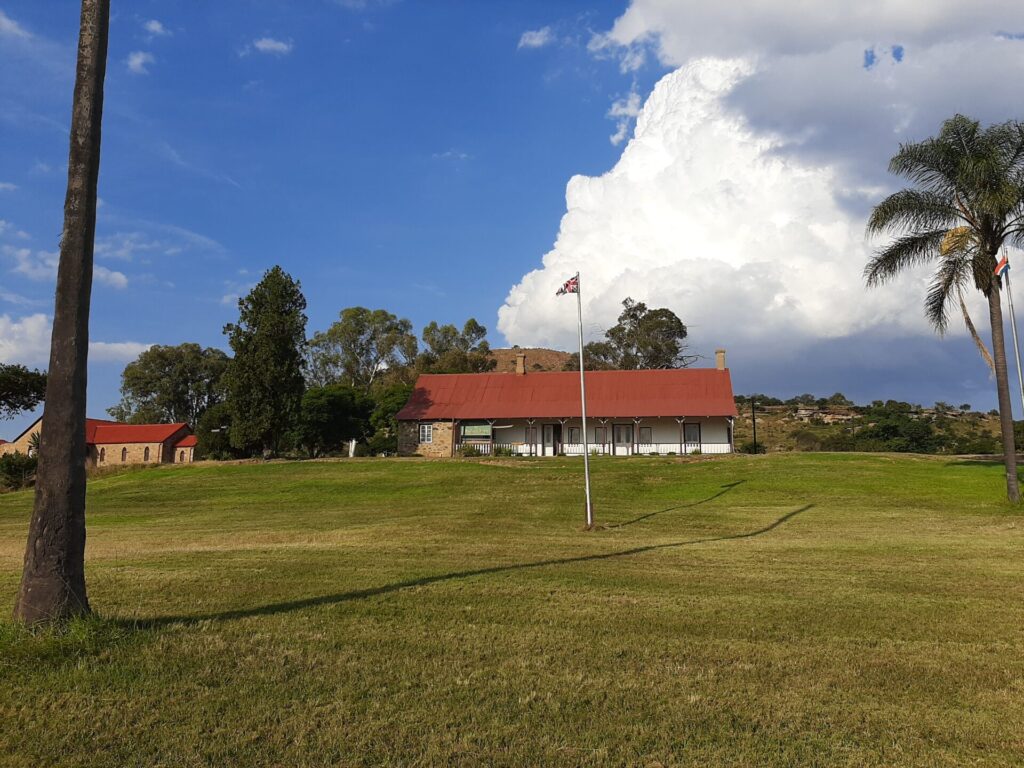
Both the Battle of Isandlwana and the Battle of Rorke’s Drift are explained in exquisite detail. History comes alive as we also listen to stirring Zulu and British military music of the time. We retrace the footprints of the soldiers hearing about their barricades and battle strategy. We visit the reconstructed store and hospital and have a walk around the excellent museum.
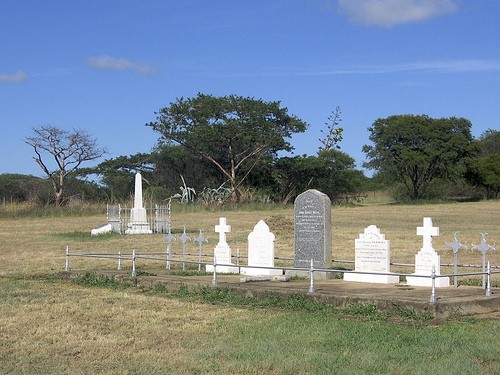
Lunchtime!
Lunch is usually taken at the beautiful Rorke’s Drift Hotel on the banks of the Buffalo River. The hotel serves good quality meals which are served by friendly staff.
For those more interested in the outdoors, you may bring a picnic lunch or one can be arranged. Morning tea and restrooms are available at the sites.
Fugitive’s Drift
As we leave Rorke’s Drift, a stop at Fugitive’s Drift on the Buffalo River rounds off the day. This is the river crossing where a few survivors of the massacre at Isandlwana struggled back into Colonial Natal, pursued by rampaging Zulu warriors.
Hear the story of how Lieutenants Melville and Coghill died in a desperate attempt to save the Queen’s colour, and their controversial awarding of Victoria Crosses.
There are many more stories of tragedy, bravery and cowardice as men fled for their lives. But there’s plenty of time for that when you come on the trip with me…
Day Two of Battlefields Tour
Anglo/Boer War
The Anglo/Boer war of 1899 has gone down in the annals of British Military history as a David and Goliath struggle in which the out numbered and out gunned Boers initially inflicted bloody defeats on the mighty British Empire.
Battle of Spioenkop
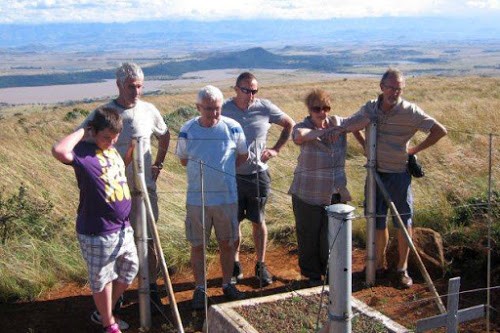
This important battle involved the British attempts to relieve their forces who were besieged in Ladysmith. After a dramatic and bloody day in which men fought themselves to a virtual standstill, both sides retreated thinking they were defeated.
It was the Boers who reoccupied the hill first and claimed one of the most famous victories of the Colonial era. None other than Winston Churchill, Mahatma Ghandi and Louis Botha, who all went on to lead their countries, were present at this battle. Each has a tale to tell. We also pay a visit to the site where Winston Churchill was captured after a shoot-out with the Boers.
Depending on time and travel arrangements we cover areas like Blood River, the Talana Museum in Dundee, the Siege Town of Ladysmith, Colenso and various military cemeteries and memorial sites in the area. Time permitting and leaping forward by some sixty-five years, we might also visit the Mandela capture site near Howick.
Accommodation
Enjoy some typical South African hospitality in first class accommodation with hosts who love meeting and greeting visitors. Most meal requests can be accommodated. All accommodation is en-suite, private and spotlessly clean.
Rates are among the most reasonable in South Africa.
My personal interest in the Battlefields
My great-grandfather was a soldier in these Battles. He fell in love with the country and decided to make South Africa his home. I’m glad he did, as it has given me a vast knowledge and passion for these areas. I feel ideally equipped to show you these sites, having an understanding of Zulu and Boer history and culture of the times as well as British Imperial attitudes.
I am also a member of the Battlefields Guides Association and the South African Military History Society.
Join me!
Make a booking or ask any question through the form below.
Customer Feedback
Here then is my acknowledgement to you – Your manner of presentation suddenly made our very dramatic history become more than just a history book to me; not only was your knowledge of facts impressive, but the added details about the personalities, qualifications and motivation of the various generals not only added juicy facts to the historical events that we have heard often enough, but also added a strong degree of anxious anticipation to the many recordings of the atrocious sufferings inflicted on so many as a result of the wars of possession and acquisition of new territory and its available raw materials.
I have been in some of those museums before, yet this time that which was exhibited came alive for me for the first time.
Thank you for the suitable music, while we were being driven by you, especially the very moving singing of the Welch choir.
The quality you put into your tour is MUCH appreciated by all four of us.
Yours sincerely,
Sonja Clausen.
Dear Don, I want to thank you so much for such a great tour of the battlefields, we were all captivated by the stories you told, and you really brought everything alive with your depth of knowledge and the music etc! We will recommend you highly to other friends who will be heading to Kwa-Zulu Natal.
Thank you so much again,
Pollyanna
Rob and Jane are now back in the UK and have taken a lot of good memories with them. You certainly know how to bring history alive. I know it was not really the object of the tour but for first-timers, passing through Tugela Ferry was unforgettable and we spoke about it several times. I imagine Afghanistan to be something like that.
Regards,
Dave
Dear Don
Thought you would like this photo as a souvenir of our day together. You gave us a wonderful tour and we were thrilled with all the information and the sight of so many historical and tragic places. You are a wonderful guide and historian. One day I hope we can do the Boer War sites together.
With very best wishes from Ruth, Joan and Jill and myself.
Peter Raeburn-Ward
Hi Don,
Best Holiday and best day.
We are home again safe and sound and with plenty of work to catch up on. But we just needed to let you know how great you helped to make our holiday. My favourite day (apart from the animals of course) was the day we went to Isandlwana and Rorke’s Drift. I have been listening to the CD’s we got from Isandlwana and can see it all happening in my mind. So I listen to the CD’s to and from work in the car. Any wonder as I go to sleep at night my head is still in SA. I have been telling any one who will listen about how great it all was and how good you and Allan both were.
A very big THANK YOU
Cliff and Annett Hallam (15 Sept. 2013)
Please click here to read the experiences of more of my customers.

